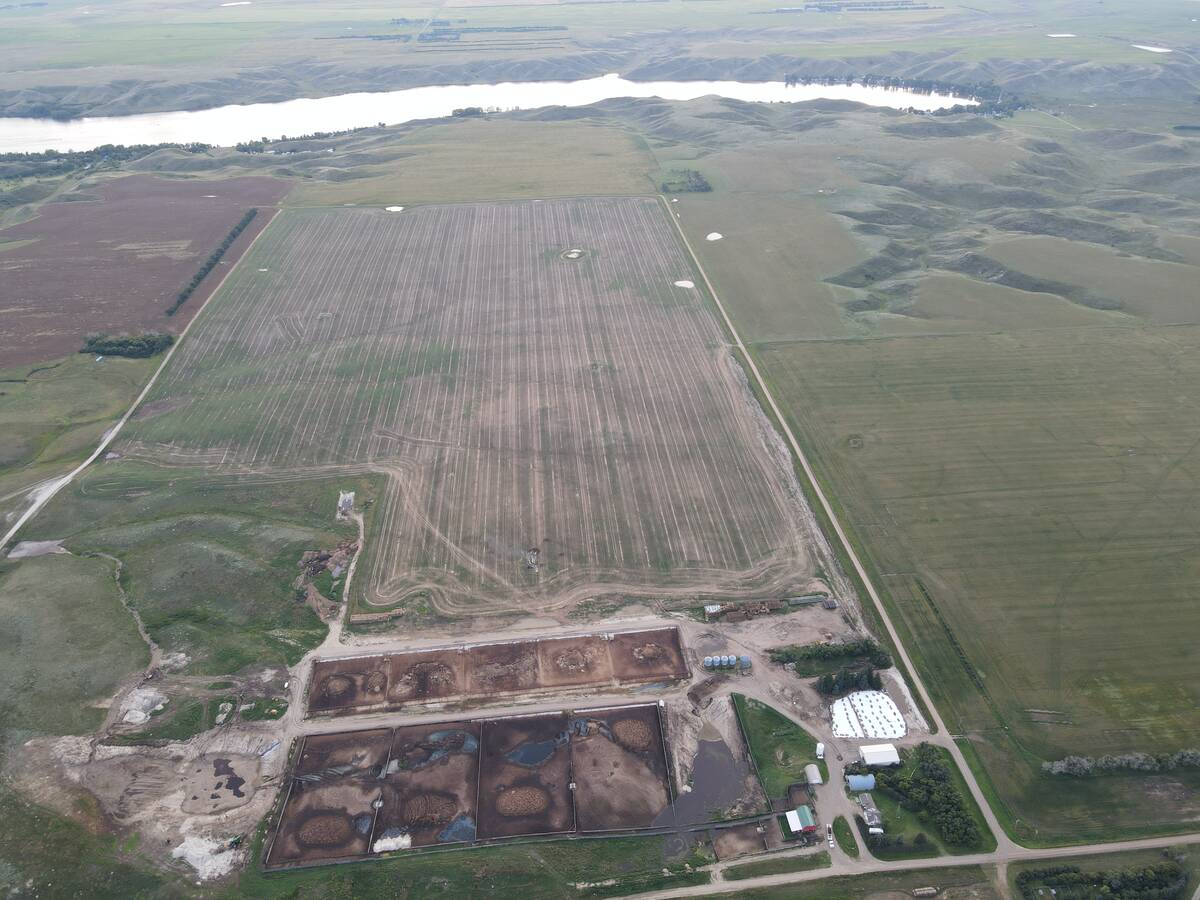Business Risk Management funding dips | Money allotted for new Western Livestock Price Insurance Program
Agricultural leaders say Saskatchewan’s March 19 budget held no surprises, which was just fine.
The fiscal plan for 2014-15 allocated $371.6 million to agricultural spending, including $242.2 million for business risk management (BRM) programs. Nearly $407 million had been budgeted for the current year, and actual spending is forecast to be $401 million.
Spending on BRM programs such as crop insurance and AgriStability will drop for the second year in a row.
The government budgeted $282.5 million last year.
The estimates for BRM costs come from the federal government, and Saskatchewan agriculture minister Lyle Stewart said lower commodity prices are also playing a role.
Read Also

Saskatchewan RM declines feedlot application, cites bylaws
Already facing some community pushback, a proposed 2,000-head cattle feedlot south of Swift Current, Sask., has been rejected for a municipal permit, partly over zoning concerns about the minimum distance from a residence.
The budget was status quo in terms of programs. The Growing Forward 2 package of programs will cost $79 million this year, including nearly $27 million for research and $24 million for water infrastructure. Pest, disease and invasive weed control is rising by $400,000 to $3.4 million in projected spending.
The pilot Western Livestock Price Insurance Program has added $1.1 million to the administration cost at Saskatchewan Crop Insurance Corp. Producers will pay the entire premium tab for this program.
“I have had a lot of people inquiring about it,” said Saskatchewan Stock Growers Association president Harold Martens. “It’ll be (available) around the first week in April.”
Saskatchewan Cattlemen’s Association chair Paula Larson said she was glad to hear the program mentioned in the budget.
“We’ve been asking for it, and to see it acknowledged in our budget is good news,” she said.
Agricultural Producers Association of Saskatchewan president Norm Hall said the funding that the sector needs appears to be in place.
“For ag, it’s not a great news budget but it’s not a bad news budget,” he said. “Times are relatively good, considering the rail backlog. We’re not in a crisis like we were back in the ’80s and ’90s.”
Agriculture critic Cathy Sproule said the government should take a stronger stand on rectifying the transportation problems, which she described as at “catastrophic levels.”
She said she had hoped to see money allocated to the organization that represents most of the former federal pastures that are transitioning to user control. However, there was none.
She also noted that the ministry will cut 12.5 full-time equivalent positions.
Deputy agriculture minister Alanna Koch said this is the final year of the employee reduction program implemented four years ago.
Stewart said 10 of the eliminated positions were related to privatizing brand inspections and 2.5 were cut when two irrigation districts were turned over to producer control.
Sproule said she understands how BRM funding is estimated, but she noted that unexpected problems can arise.
Within that envelope, AgriInvest spending is predicted to rise by about $2 million, reflecting the federal government’s optimism that farmers will have more to set aside.
The province’s land management budget is predicted to drop despite the additional work required be-cause of the federal pasture disposition. Koch said that is because the incentive rate on the sale of crown land has dropped from four percent to two percent, and the government expects to sell less land.















